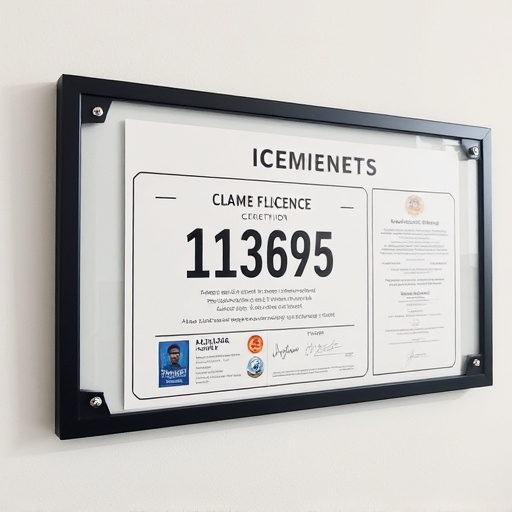Identifying problem areas is crucial for project success and process improvement. Organizations uncover hidden "spectres" through data collection, analysis, and stakeholder consultations, like using a Spectre intake installation instructions guide. In facilities management, this means reviewing operational inefficiencies, resource constraints, technological gaps, and regulatory compliance issues to gather insights from employees, stakeholders, and data analytics. Accurate problem identification guides strategic planning, enables informed decisions, and leads to tailored solutions for optimized performance, avoiding inefficient operations and missed opportunities.
“Unveiling hidden challenges: Demystifying Problem Area Identification for Effective Solutions
In any project or business, understanding the spectre of intake—the complex web of issues and obstacles—is crucial. This article serves as an installation instructions guide to navigating problem area identification. We’ll explore strategic approaches to uncover key pain points, emphasizing the significance of accurate problem recognition in unlocking sustainable solutions. By delving into these sections, readers will gain insights to transform challenges into opportunities.”
- Understanding the Problem Area: Unveiling the Hidden Challenges
- Identifying Key Pain Points: A Strategic Approach
- The Impact of Accurate Problem Identification: Unlocking Solutions
Understanding the Problem Area: Unveiling the Hidden Challenges

Identifying problem areas is a crucial step in any successful project or process improvement initiative. Often, hidden challenges lurk beneath the surface, making it essential to delve deeper than initial observations. These hidden challenges, like a spectre, may not be immediately apparent but significantly impact overall performance and outcomes. By understanding these unspoken issues, organizations can gain valuable insights into areas that require attention and strategic intervention.
Through a meticulous process of data collection, analysis, and stakeholder consultation, the true nature of problem areas becomes evident. This involves gathering feedback from various sources, including employees, customers, and industry experts. The Spectre intake installation instructions guide, for instance, can provide critical information on recurring issues faced during the onboarding process. By unravelling these hidden spectres, organizations are empowered to create tailored solutions that address root causes, ensuring long-lasting positive change.
Identifying Key Pain Points: A Strategic Approach

Identifying key pain points is a crucial step in any strategic planning process, and it’s no different when it comes to managing facilities or installations. It involves understanding the complex web of challenges and issues that arise within an operation, requiring a meticulous approach akin to deciphering a spectral intake guide. This process demands a comprehensive review of various factors—from operational inefficiencies and resource constraints to technological gaps and regulatory compliance issues.
By systematically analyzing these aspects, organizations can unearth critical problems that may be hidden or overlooked. Effective pain point identification involves gathering insights from multiple sources, including front-line employees, stakeholders, and data analytics. This strategic approach ensures that the identified challenges are not just surface-level issues but represent a holistic view of the complex landscape, guiding decision-making towards sustainable solutions and optimized performance.
The Impact of Accurate Problem Identification: Unlocking Solutions

Accurately identifying problem areas is a pivotal first step in any successful project or process improvement initiative. It forms the foundation upon which effective solutions are built, acting as a beacon guiding decision-making and resource allocation. When organizations fail to recognize and define their challenges clearly, they risk investing time and effort into misguided efforts, akin to navigating a labyrinth without a map. This can lead to inefficient operations, missed opportunities, and ultimately, failure to achieve desired outcomes.
Proper problem identification enables a more focused approach to addressing issues. It helps in gathering relevant data, understanding root causes, and crafting tailored solutions that resonate with the unique spectres of challenges faced. An installation guide for a new software system, for instance, should begin with a comprehensive analysis of current pain points and desired outcomes. This ensures that the instructions provided are not only precise but also aligned with the organization’s specific needs, enhancing adoption rates and overall success in implementing the new system.
Problem area identification is a crucial step in any successful project, serving as the compass guiding efforts towards effective solutions. By understanding and unveiling hidden challenges, and employing strategic approaches to pinpoint key pain points, organizations can unlock transformative possibilities. Accurate problem identification not only enhances operational efficiency but also paves the way for innovative strategies and improved customer satisfaction. This process, akin to a spectral intake installation instructions guide, illuminates the path towards comprehensive and impactful solutions.














